PROTECT YOUR DNA WITH QUANTUM TECHNOLOGY
Orgo-Life the new way to the future Advertising by AdpathwayWith the invigorating benefits of a lemon fragrance, surrounding ourselves with more plants that smell like lemon in the garden is a good thing.
A staple in aromatherapy, the scent offers a general uplift, clarity, and calming refresh. Associated with stress reduction and antioxidant properties, the mood boost associated with a sniff of citrus oils adds to the appeal.
While the lemony factor depends on our olfactory inclinations, we’ve got selections with essential oils that ooze lemon appeal and those that bring a sweet, subtle zing. Brush the foliage on a walk through the garden for a burst of aromatherapy, or lean into a bloom.
Use herbal favorites in beverages and in cooking to liven up the dish. Or bring a hint of citrus indoors as clippings in fresh arrangements.
To get more of that sweet lemon scent in your garden without planting an actual lemon tree, grow one of these plants that smell like lemon.
Lemon Balm Seeds
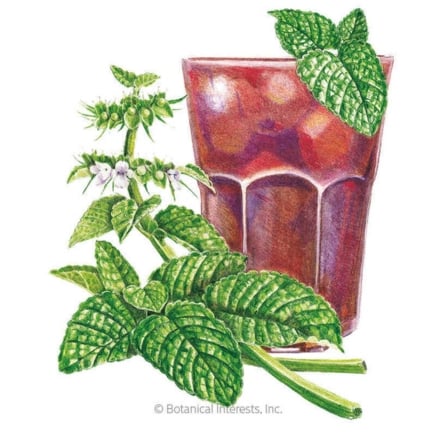
- Historically Celebrated for Its Fragrance and Beauty
- Adds Refreshing Lemon Flavor to Teas and Cooking
- Used Traditionally to Support Relaxation and Ease Insomnia
- Suitable for Container Gardening and Small Spaces
- Offers Aromatherapeutic Benefits for Bath and Wellness Use
Lemon Basil
 Grows fast from seed in warm, rich soil.
Grows fast from seed in warm, rich soil.Basil produces loads of flavorful, aromatic leaves throughout the warm season. Lemon basil is a plant that smells like lemon with some earthy notes. It adds a splash of tanginess, and the narrow, light green leaves brighten up any edible arrangement.
Compact and bushy with short stems, lemon basil has a low, spreading habit at 20 inches wide. Also called Thai lemon basil or Lao basil, the herb is a traditional complement to Southeast Asian cuisine. It also brings a burst of herby citrus to vinaigrettes, cocktails, and seafood.
Ocimum basilicum grows vigorously as temperatures warm in spring. Sow successional rounds to ensure a fresh crop all summer, as the original can get woody or bitter as it bolts (produces flowers and seeds). Remove bloom spikes to preserve the best leaf flavor, as the blooms take energy from the leaves.
Grow basil in organically rich, well-draining soils and harvest the leaves regularly. It’s one of the easiest herbs to grow, and lemon basil grows quickly from seed. The tender annual dies back with light frost. In a sunny spot indoors, you may be lucky enough to grow it year-round.
Lemongrass
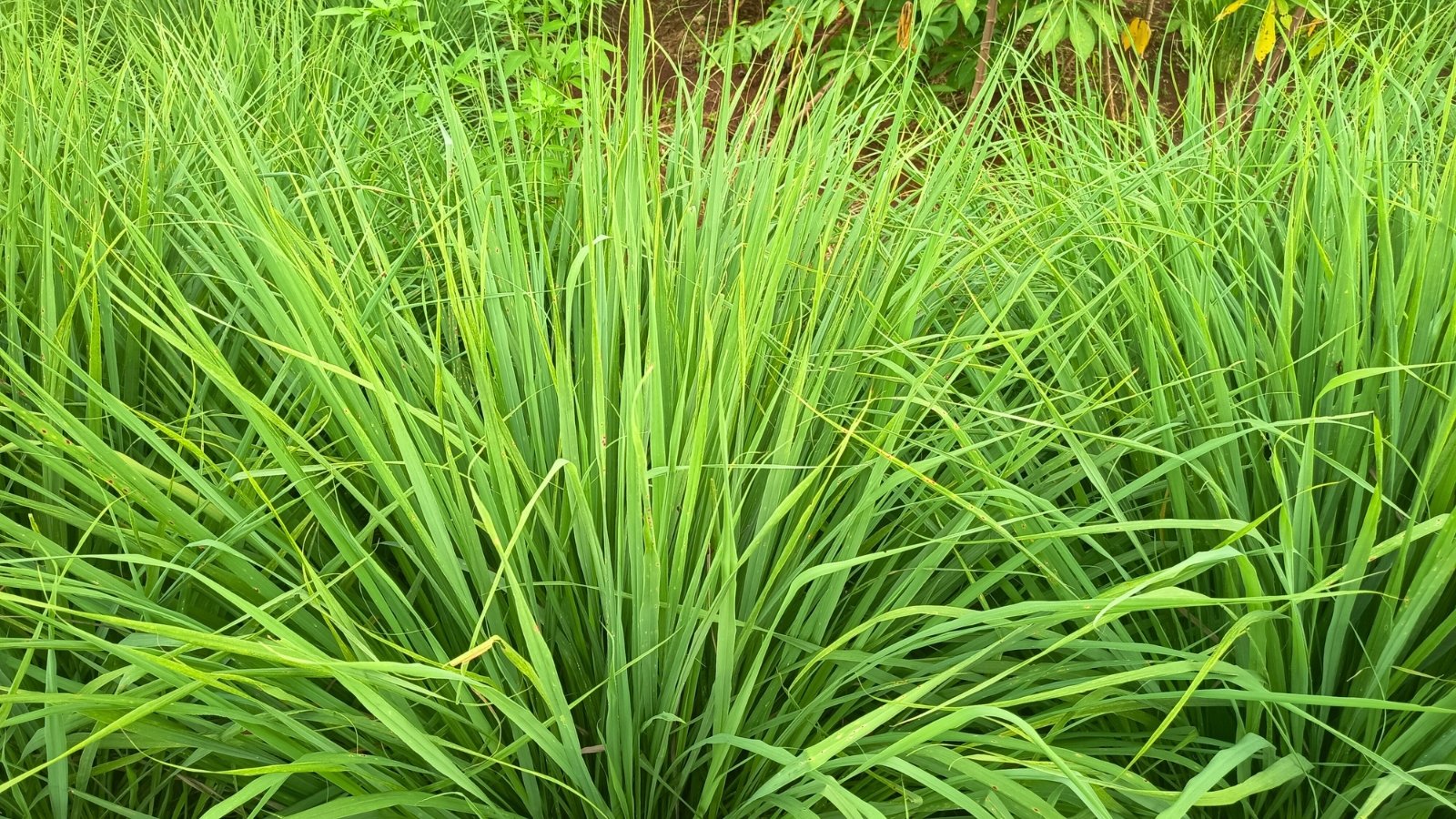 Harvest thick stems once they reach half an inch wide.
Harvest thick stems once they reach half an inch wide.West-Indian lemongrass hails from Malaysia and is a prime perennial option for warm, humid climates. Its bladed leaves have a crisp, lemon-ginger scent when crushed. This plant that smells like lemon is related to the plant we use for citronella oil (C. nardus) to repel mosquitoes and in aromatherapy.
To harvest lemongrass, cut the stems when they reach ½ inch wide. Remove the leaves and outer parts to retain the thick, sturdy stems. Crush the thick stems to flavor soups and sauces, removing them after cooking.
Lemongrass grows best in moist, organic soils. It needs regular moisture without drying between watering. Blades die back with the first frost, or bring them inside to overwinter where not hardy.
Lemon Balm
 Trim often to control the spread and boost new growth.
Trim often to control the spread and boost new growth.With the simple sweep of a hand across lemon balm’s foliage, the potent scent awakens to offer instant refreshment. The citrusy herb has aromatic uses, fresh and dried, and culinary applications to flavor teas and beverages, soups, sauces, and more. With strong essential oils that create the fragrance, this plant that smells like lemon becomes a great companion to repel garden pests.
Mounding plants have bright green leaves, with some variegated varieties. The low-growing perennial herbs are dense and leafy, with fresh new leaves being the most flavorful. Stems produce small bloom spikes in summer and fall, best deadheaded to prevent reseeding.
For lemon balm, provide rich soils with good drainage. They spread easily, and at times aggressively, via rooting stems and seeds. Trimming and deadheading keep plants in check and promote a fresh flush of new growth. Opt for containers or raised beds to keep the lemony goodness from getting out of bounds.
Lemon Mint
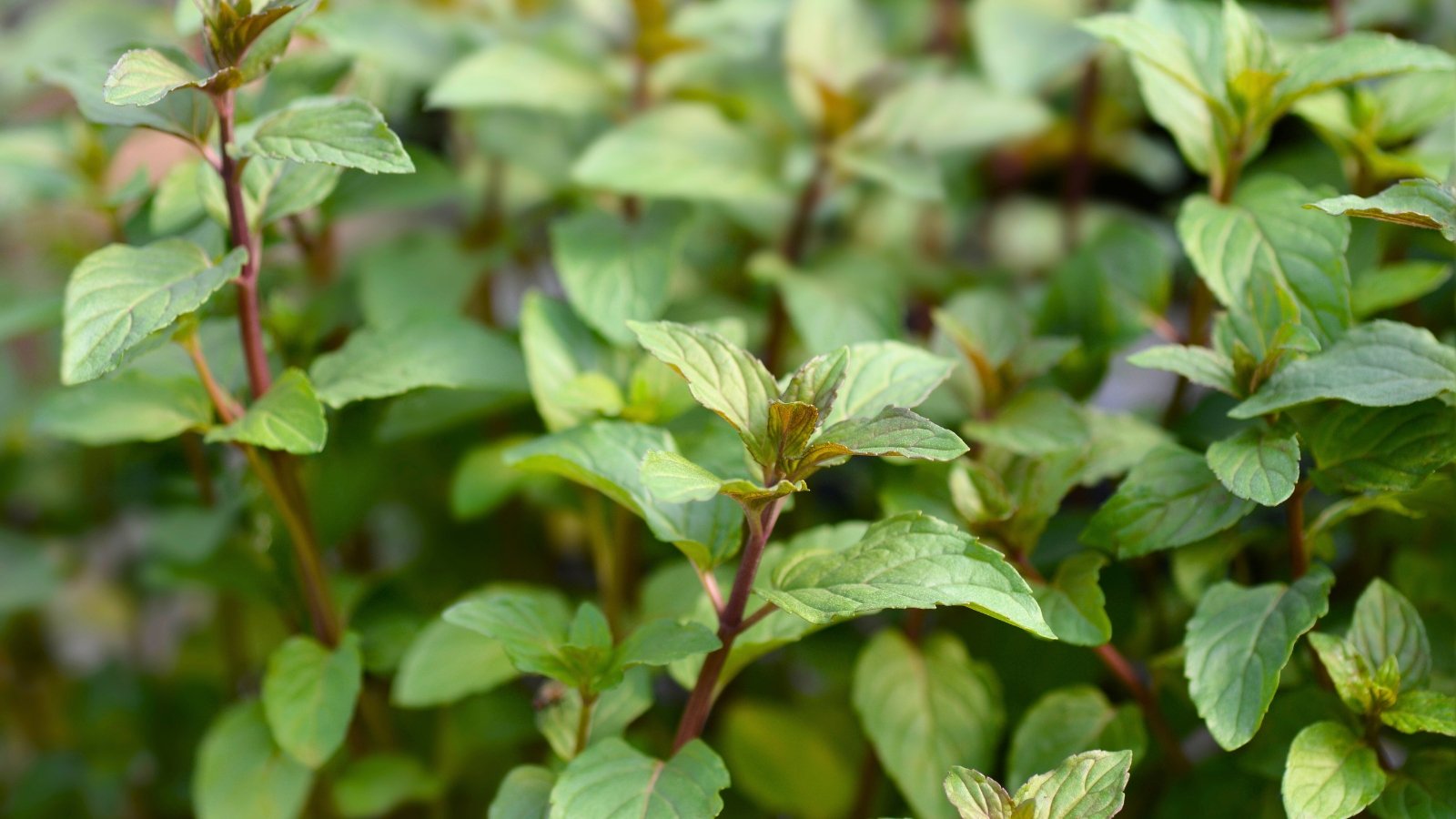 Keep it contained as it spreads fast by root and seed.
Keep it contained as it spreads fast by root and seed.Mint, in numerous refreshing species and varieties, creates a low-growing mat of freshly-scented leaves. From pineapple to orange to lemon, a sun-soaked vibe belies the otherwise minty notes.
Lemon mint brings a distinctive flavor with a long history of culinary and medicinal uses. The vigorous herb bears dense, leafy stems. In late summer, purple bloom spikes emerge.
Incorporate lemon mint into salads, marinades, dressings, cocktails, and teas. Harvest the leaves frequently to enjoy and to prevent spreading, flowering, and seed production. Mint spreads readily and escapes the herb garden, making it an excellent container-grown specimen.
Mint is a low-maintenance, easy grower. It adapts to a range of soils, as long as they’re well-draining, and performs best with consistent moisture.
Lemon Thyme
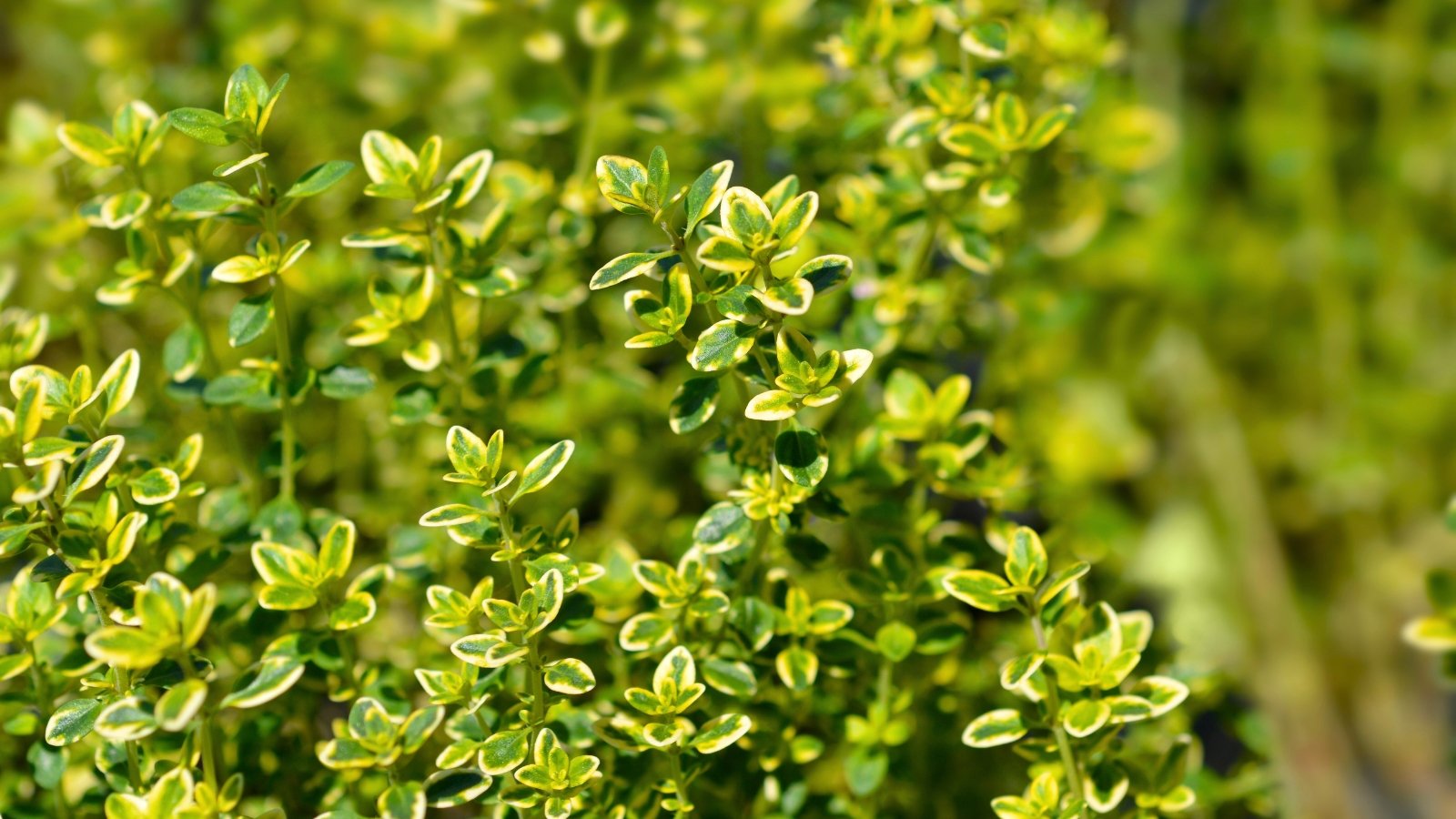 Tough herb that handles poor, rocky soil easily.
Tough herb that handles poor, rocky soil easily.Thyme lends rustic warmth to the kitchen with its earthy, minty, clove fragrance. Lemon thyme brings fresh citrus notes with versatility in culinary and medicinal uses. Spreading only one foot wide, it tucks easily into small spaces, raised beds, and pots.
Lemon thyme has small leaves on wiry stems and a delicate look, though the tough herbs adapt to challenging sites like rocky soils. Thyme also works in areas between stepping stones and along rocky ledges. Its purple flower spikes attract pollinators.
Thyme grows best in quick-draining soils. Once established, this plant that smells like lemon is drought-tolerant, preferring drier conditions to overly saturated ones.
Lemon Verbena
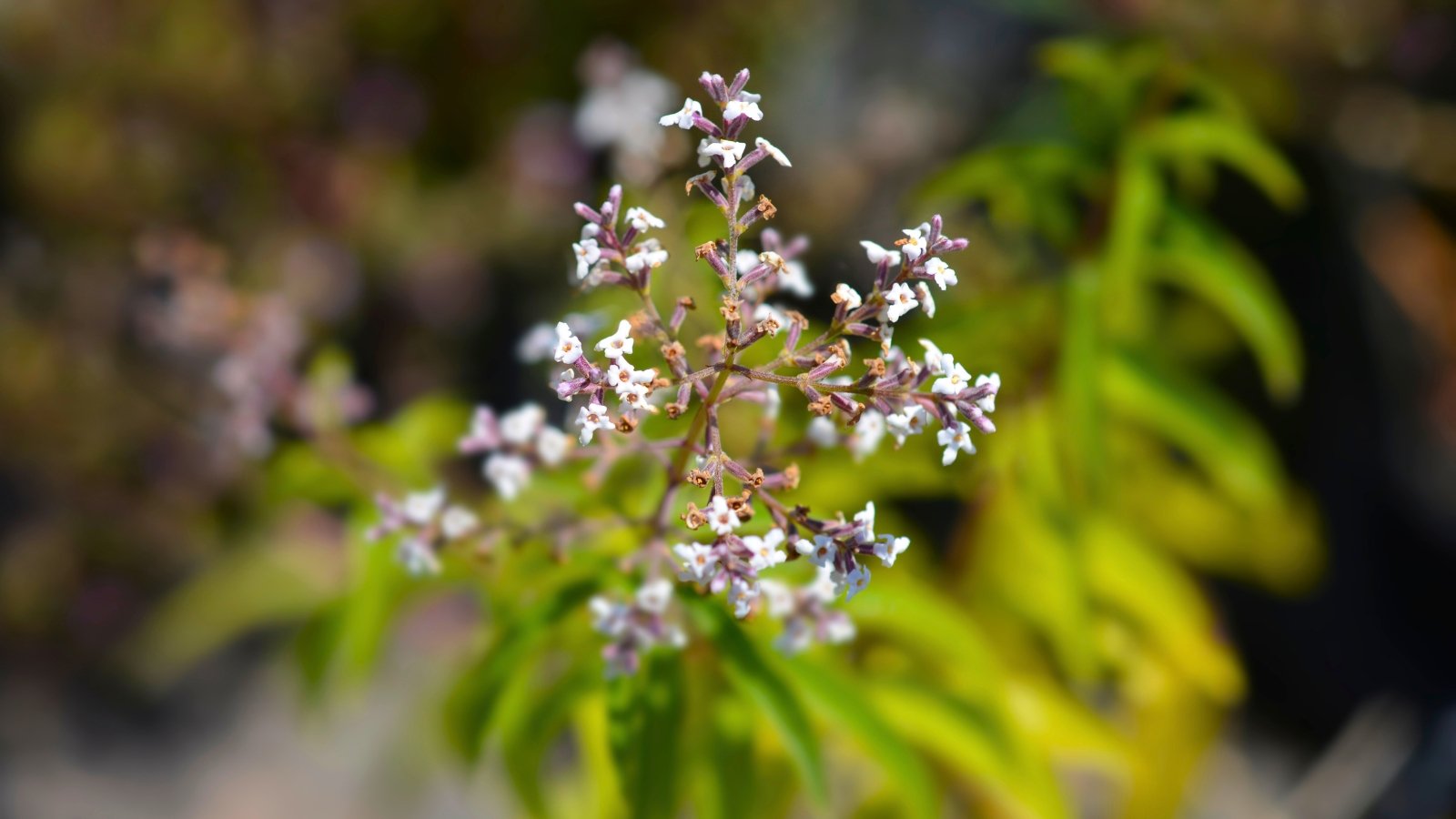 Prune often to shape its bushy, sprawling habit.
Prune often to shape its bushy, sprawling habit.Lemon verbena is a shrubby ornamental herb bursting with lemony qualities, as all plant parts are aromatic. Among the most sweetly fragrant of the plants that smell like lemon, lemon verbena flourishes in the summer heat and is hardy in mild climates.
The herb has narrow, dark, glossy green leaves and produces small white flowers. Bright in teas, cold beverages, and desserts, lemon verbena also dries well as an aromatic potpourri. Lemon verbena has a bushy, somewhat sprawling habit and takes pruning well.
Grow lemon verbena in consistently moist soils for the best vigor. For potted specimens in cool climates, cut them back heavily in the fall and overwinter them in a sheltered area like a garage or basement.
Lemon-Scented Geranium
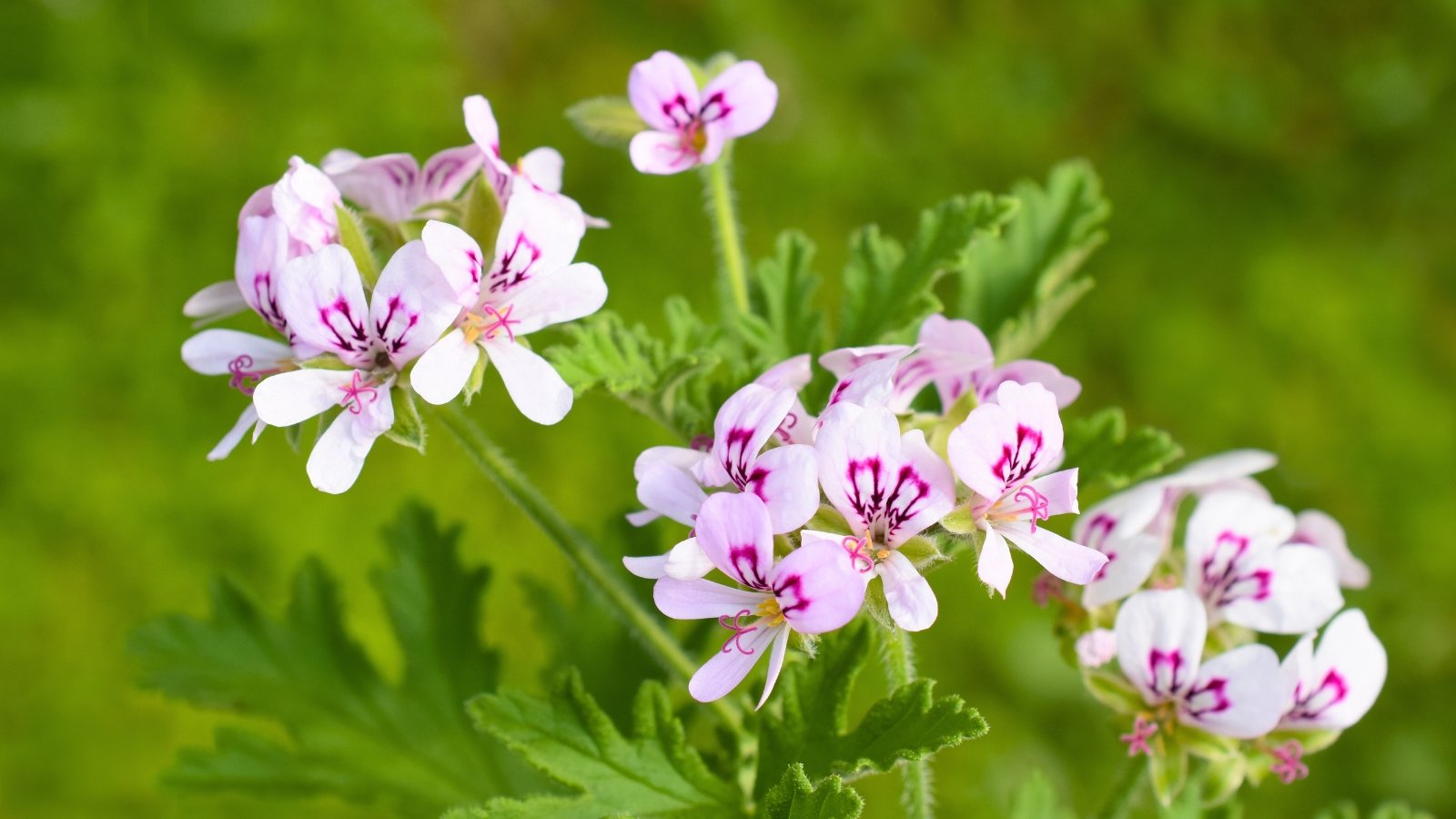 Needs airflow and dry leaves to prevent disease.
Needs airflow and dry leaves to prevent disease.Scented-leaved geraniums have shapely foliage with essential oils that smell like roses, nutmeg, coconut, strawberry, and (of course) lemon, among others. They’re versatile in the garden and containers, indoors and out.
In the kitchen, use the edible flowers and leaves to embellish drinks, fresh fruits and salads, baked goods, dressings, and vinegars.
Drought-tolerant and low-maintenance, scented-leaved geraniums thrive in arid climates, where they dry out slightly between waterings. To prevent disease, allow plenty of air circulation. Water at the plant’s base, avoiding the leaves. In hot climates, offer protection from direct afternoon sun.
Lemon Beebalm
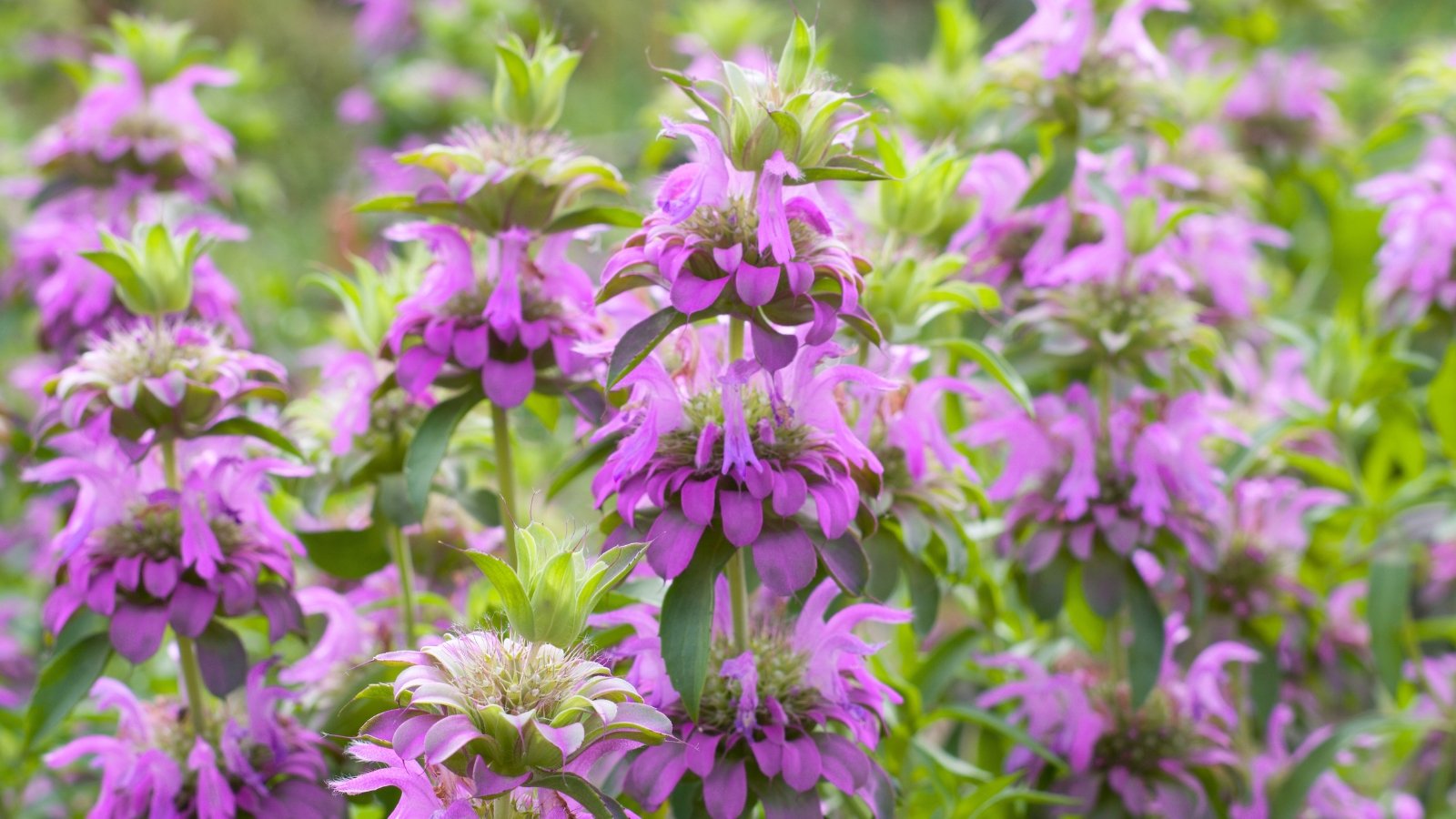 Cut back after flowering to keep blooms coming.
Cut back after flowering to keep blooms coming.Lemon beebalm is native to North America and has a strong lemon scent. Tubular lilac-pink flowers also carry the scent and appear from late spring through the fall. The nectar-rich blooms attract hummingbirds, butterflies, and other pollinators.
Enjoy the edible flowers and minty leaves as a fresh garnish for salads and drinks, or dry them for use in cooking.
Provide plenty of air circulation for this plant that smells like lemon. They’ll bloom best in organic soils with consistent moisture. Cut back spent blooms to prolong flowering. Monarda spreads by both seeds and rhizomes, so divide plants and weed out volunteers to control the spread.
Magnolia
 Dwarf varieties offer fragrance in small garden spaces.
Dwarf varieties offer fragrance in small garden spaces.The classic Southern magnolia has huge saucer blooms with a hint of crisp lemon and vanilla. The creamy white blooms shine against broad evergreen leaves. The deep, glossy leaves get a bronze, velvety underside in winter.
The dwarf cultivar ‘Little Gem’ is particularly lemony among the varieties. The small stature makes it possible to grow magnolias in smaller spaces and containers, at least to start.
Magnolias tolerate various soils, preferring those rich in organic matter. They provide multiseason interest through flowers, seeds, bark, and foliage.
Rose ‘The Poet’s Wife’
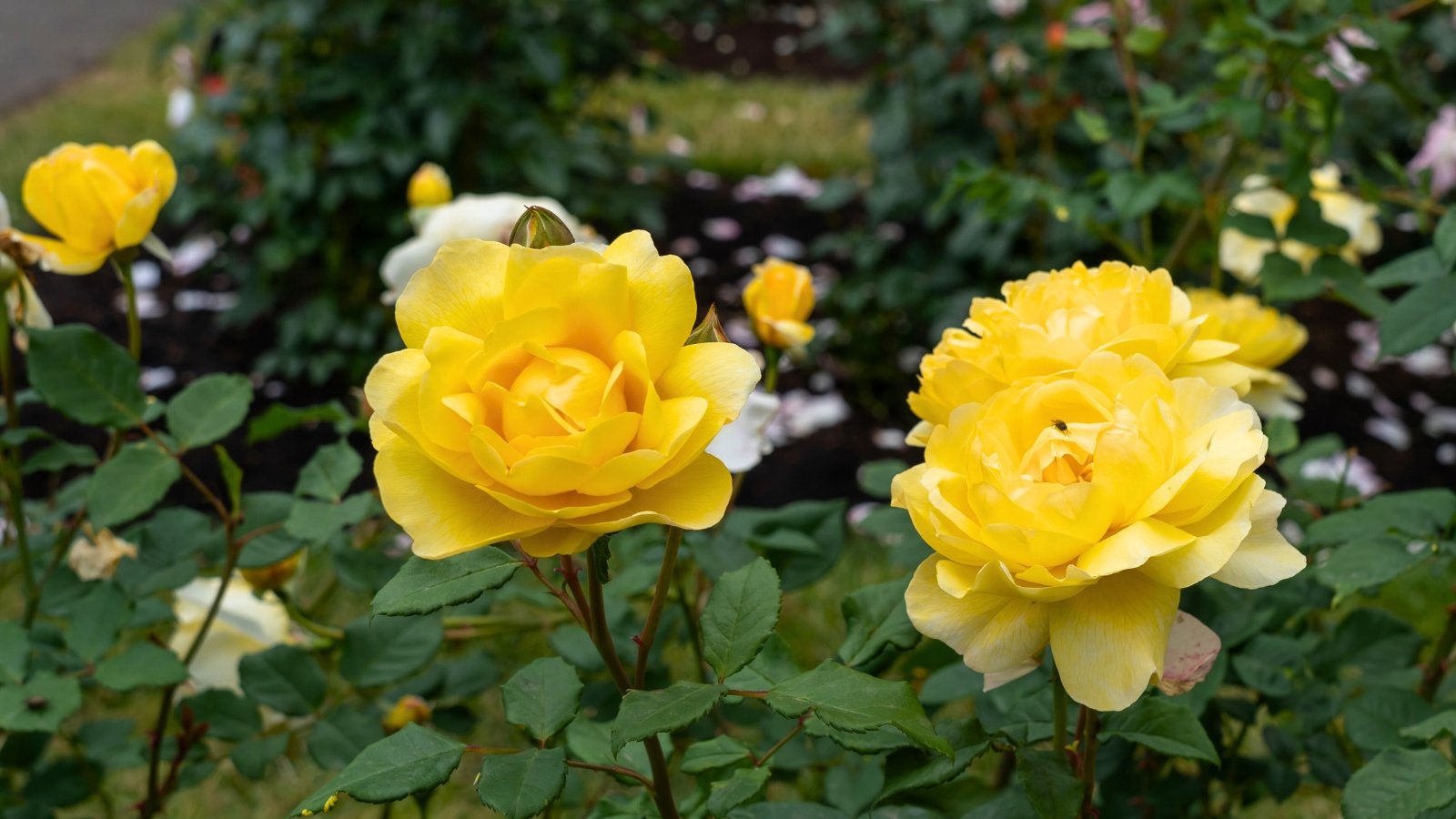 Fragrance strengthens as the rich yellow blooms mature.
Fragrance strengthens as the rich yellow blooms mature.The fragrance may be as appealing as the full-bodied blooms on this English shrub rose. ‘The Poet’s Wife’ is a David Austin introduction, encompassing the breeder’s signature romantic flower, high fragrance, and attractive shrubby form.
‘The Poet’s Wife’ boasts rich, sunshine yellow roses, fading to paler shades as they age. The rich fragrance matches the yellow petals and carries a touch of lemon that becomes sweeter and stronger as the bloom matures. The rounded shrub has gently arching canes and dark, shiny leaves.
Lemon Cypress
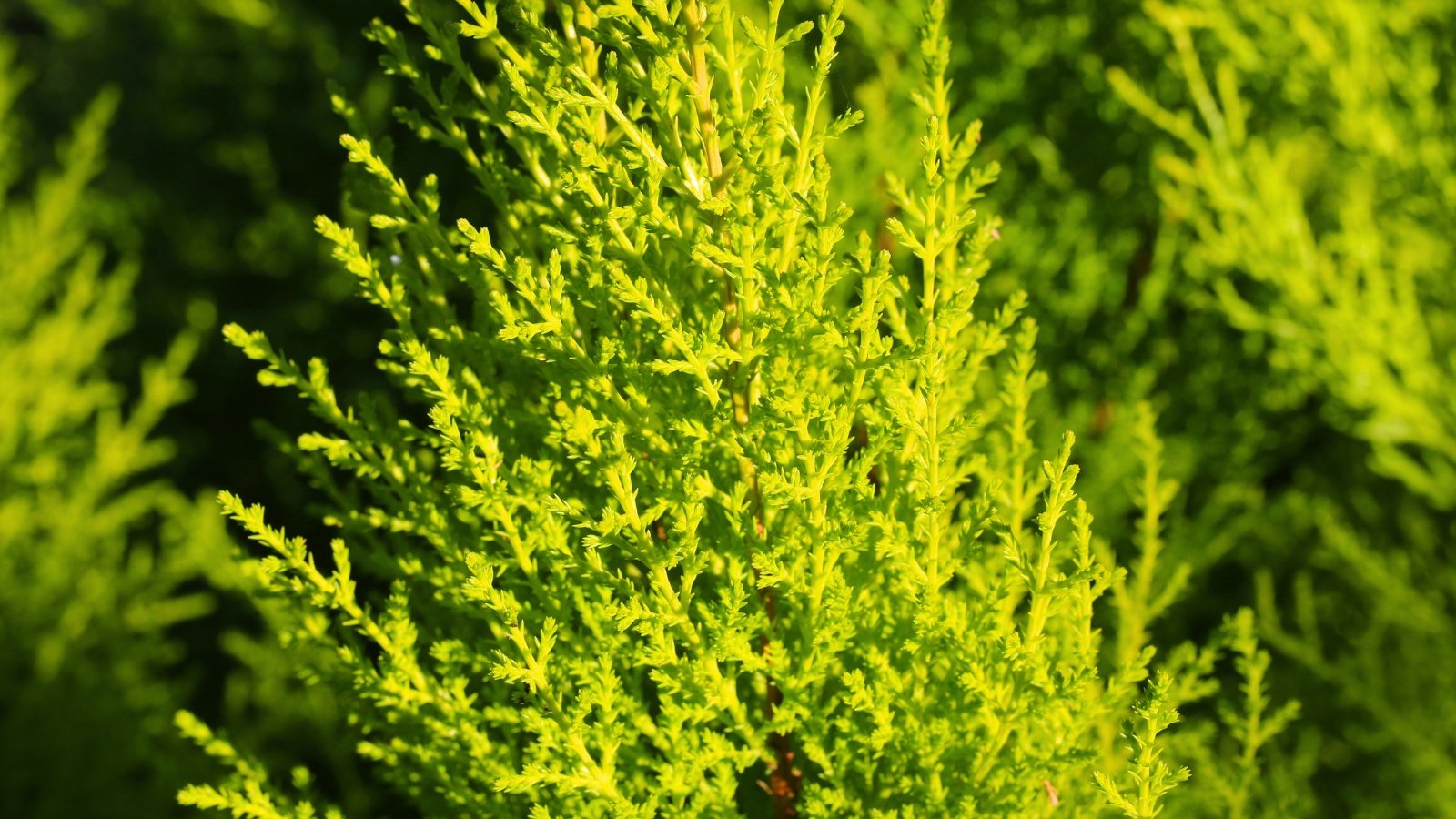 Needs weekly watering indoors and bright morning sun.
Needs weekly watering indoors and bright morning sun.Lemon cypress adds a pop of color with fine, bright yellow needles. A tidy evergreen with a uniform habit, the fresh needles emit a lemony scent when bruised or crushed.
Most notable for its vibrant yellow-green color and pyramidal form, lemon cypress is a cultivar of Monterey cypress. Monterey cypress grows much larger, reaching 80’ tall, with a broad, windswept habit and dark green needles.
Employ this plant that smells like lemon as a hedge, garden specimen, topiary, bonsai, or container feature. Dwarf varieties like ‘Gold Crest Wilma’ top out at three feet and make showy potted seasonal displays surrounded by flowering annuals. Lemon cypress is a popular gift and decoration at holiday time, perfect for bringing some rejuvenating citrus aromatherapy indoors.
As a houseplant, lemon cypress needs bright light and morning sun (avoiding hot afternoon sun, which can damage the plant). Water weekly so the soil doesn’t dry out.


 21 hours ago
2
21 hours ago
2
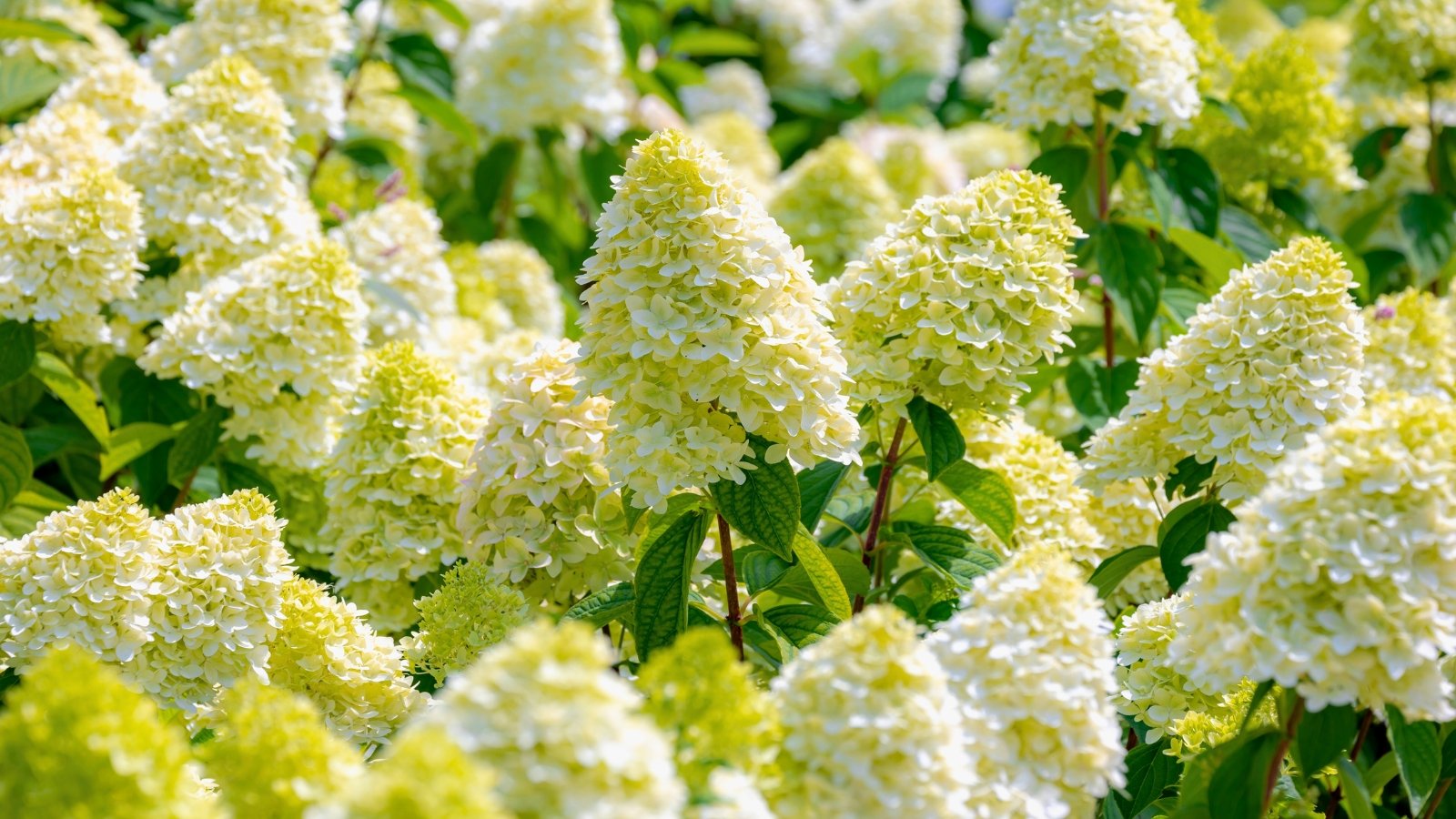


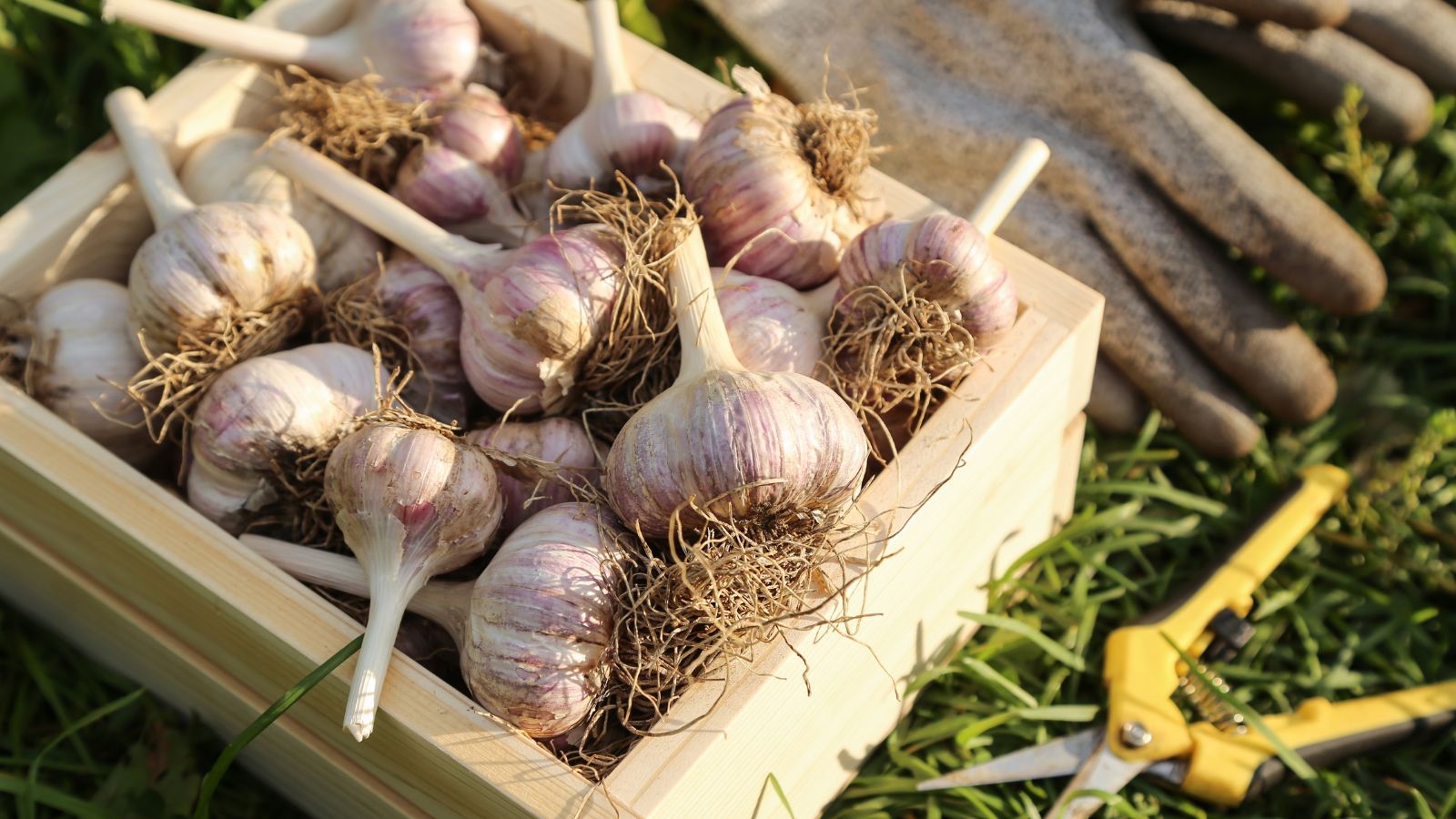
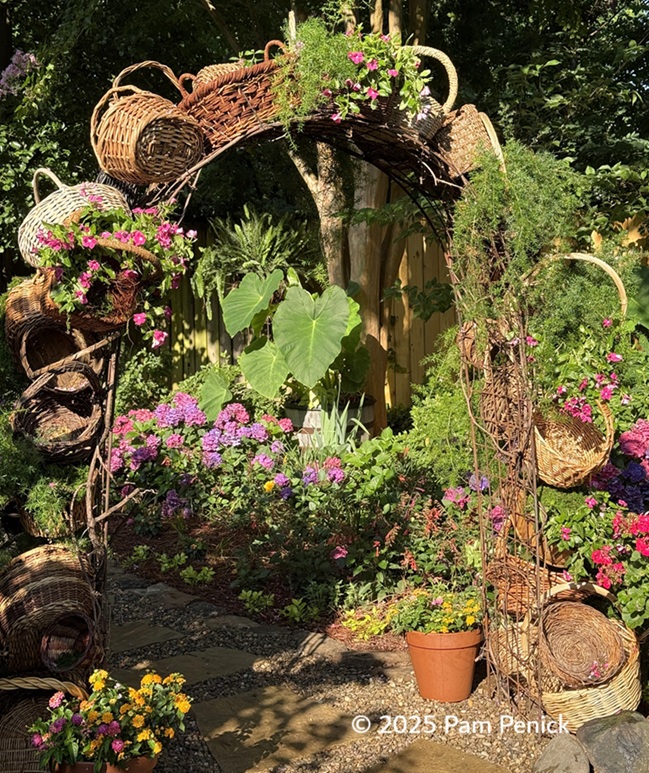
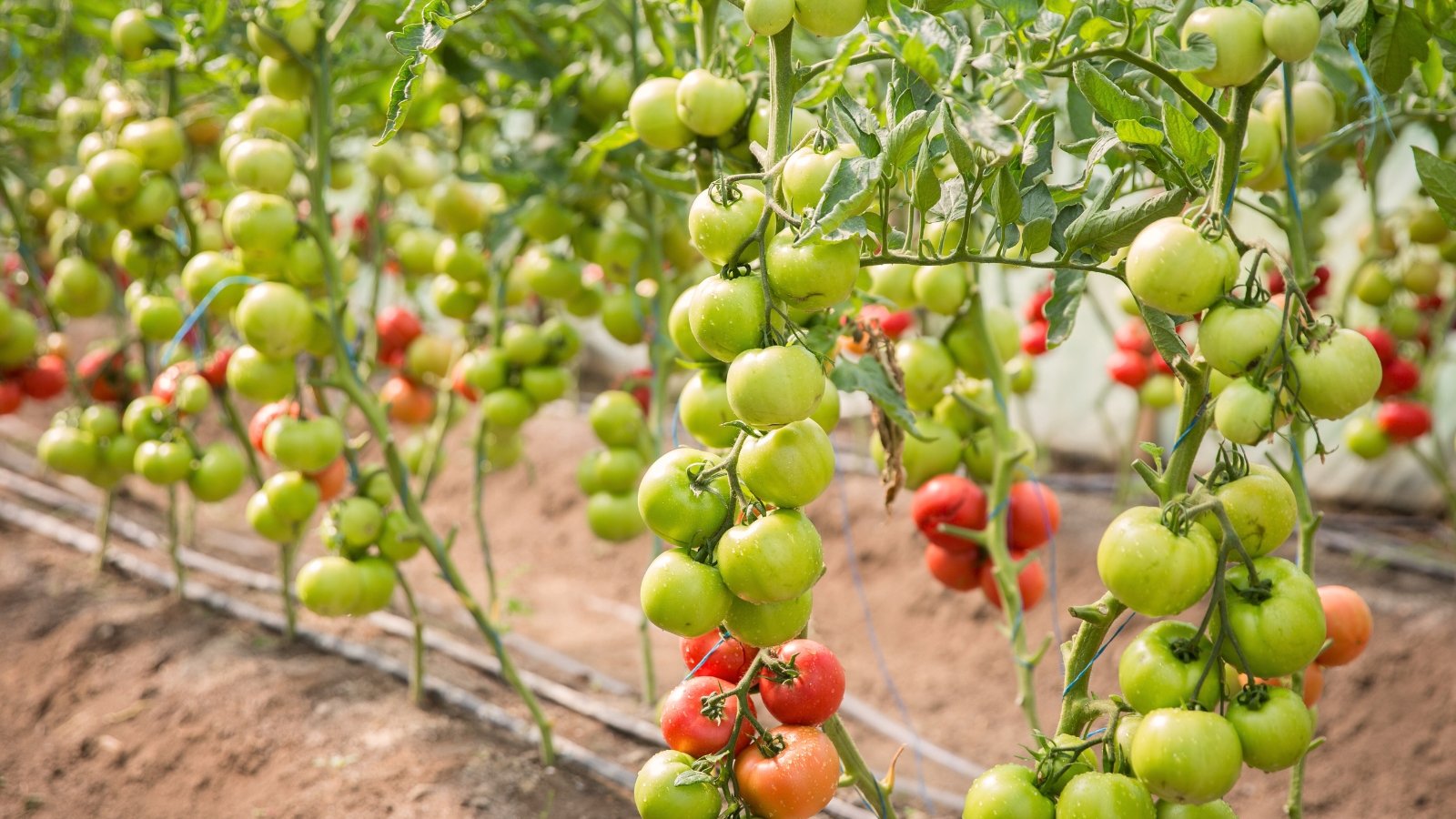















 English (US) ·
English (US) ·  French (CA) ·
French (CA) ·